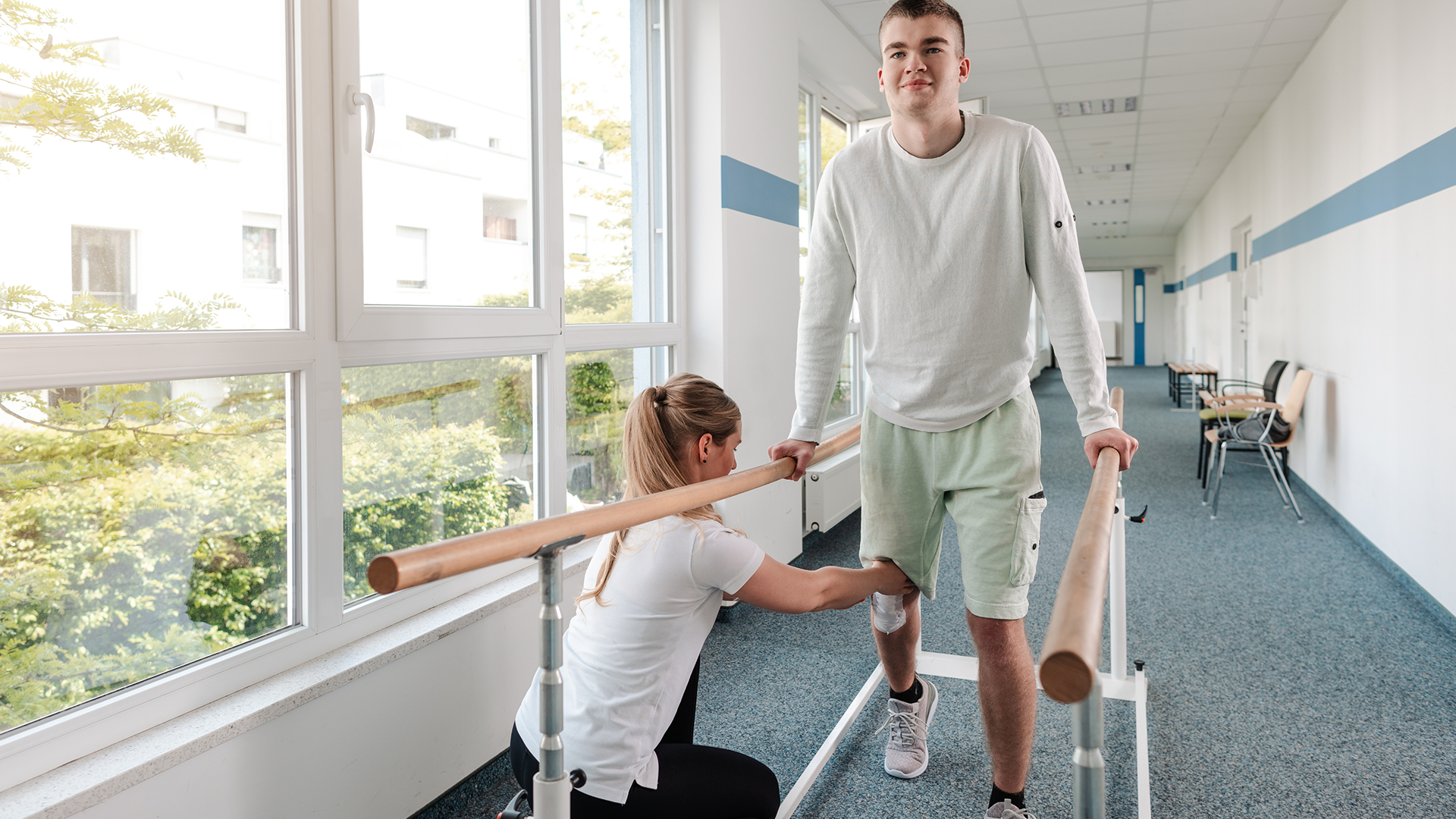No Products in the Cart

In recent years, sports enthusiasts around the globe have observed a concerning trend: an increase in the number of athletes sidelined due to injuries. From professional basketball to amateur soccer leagues, injuries have become a prevalent issue affecting athletes of all levels. This informative article aims to delve into the factors contributing to rising injury rates across various sports and explore the potential benefits of compression wear in mitigating these injuries.
Sports injuries can occur due to various reasons, including overuse, improper technique, inadequate conditioning, and contact with opponents. However, recent research suggests that several factors may be contributing to the escalating injury rates in sports:
1. Intensified Training Regimens: With the growing emphasis on performance enhancement, athletes are subjected to more rigorous training schedules, pushing their bodies to the limits.
2. Increased Competitive Pressure: The pursuit of victory often leads athletes to push through pain and fatigue, increasing their susceptibility to injuries.
3. Evolution of Sports: As sports evolve and become more demanding, athletes are exposed to higher levels of physical stress, increasing the risk of injuries.
4. Inadequate Recovery Practices: Insufficient rest and recovery periods can impede the body's ability to heal and recuperate, making athletes more prone to injuries.
5. Technological Advancements: While technological innovations have enhanced training methods and equipment, they have also introduced new risks, such as overreliance on data analytics and wearable technology, which may lead to overtraining and injuries.
Sports injuries not only affect individual athletes but also have significant repercussions for their teams and the sporting community as a whole. Some of the key consequences include:
1. Decreased Performance: Injuries can impair an athlete's ability to perform at their peak, compromising their team's chances of success.
2. Financial Losses: For professional athletes and sports organizations, injuries can result in financial losses due to decreased ticket sales, sponsorship deals, and player salaries.
3. Psychological Effects: Suffering from injuries can take a toll on athletes' mental well-being, leading to feelings of frustration, anxiety, and depression.
4. Long-term Health Implications: Certain injuries, if not properly managed, can have long-term implications for an athlete's health and well-being, potentially jeopardizing their future in sports.

Compression wear, such as compression socks, sleeves, and shirts, has gained popularity among athletes in recent years for its purported benefits in injury prevention and performance enhancement. Here's how compression wear works and its potential advantages:
1. Enhanced Blood Circulation: Compression garments exert pressure on the muscles, promoting better blood flow and oxygen delivery. Improved circulation can aid in reducing muscle fatigue and soreness during physical activity, potentially lowering the risk of injuries.
2. Muscle Support and Stability: Compression wear provides targeted compression to specific muscle groups, enhancing their stability and reducing the risk of strains and sprains. This added support can be particularly beneficial during high-impact sports like basketball and football.
3. Reduced Swelling and Inflammation: The compressive effect of compression garments can help minimize post-exercise swelling and inflammation, facilitating quicker recovery and reducing the likelihood of overuse injuries.
4. Joint Alignment: Certain types of compression wear, such as knee sleeves and braces, help maintain proper joint alignment and biomechanics, reducing the risk of injuries associated with misalignment and overloading.
5. Temperature Regulation: Some compression garments are designed with moisture-wicking and thermal-regulating properties, keeping the body cool and dry during intense physical activity, which can aid in preventing heat-related injuries.
Numerous studies have investigated the efficacy of compression wear in injury prevention and performance enhancement across various sports. While findings have been mixed, several studies have reported positive outcomes:
1. A study published in the Journal of Sports Sciences found that wearing compression garments during exercise led to reduced muscle soreness and fatigue among athletes, potentially lowering the risk of overuse injuries.
2. Research conducted by the University of Salford revealed that compression socks were effective in improving lower limb blood flow and reducing the incidence of calf muscle injuries in runners.
3. In a clinical trial involving basketball players, researchers observed a significant decrease in the incidence of ankle sprains among athletes wearing ankle compression sleeves during games and practices.
4. Professional athletes, including NBA players like LeBron James and Stephen Curry, have endorsed compression wear for its purported benefits in injury prevention and recovery.
Injury rates in sports continue to be a pressing concern for athletes, coaches, and sports organizations worldwide. While various factors contribute to the prevalence of injuries, the adoption of preventive measures, such as compression wear, shows promise in mitigating the risk of injuries and enhancing athletic performance. As research in this field continues to evolve, athletes are encouraged to explore the potential benefits of compression wear as part of their training and recovery regimen, thereby safeguarding their health and longevity in sports.